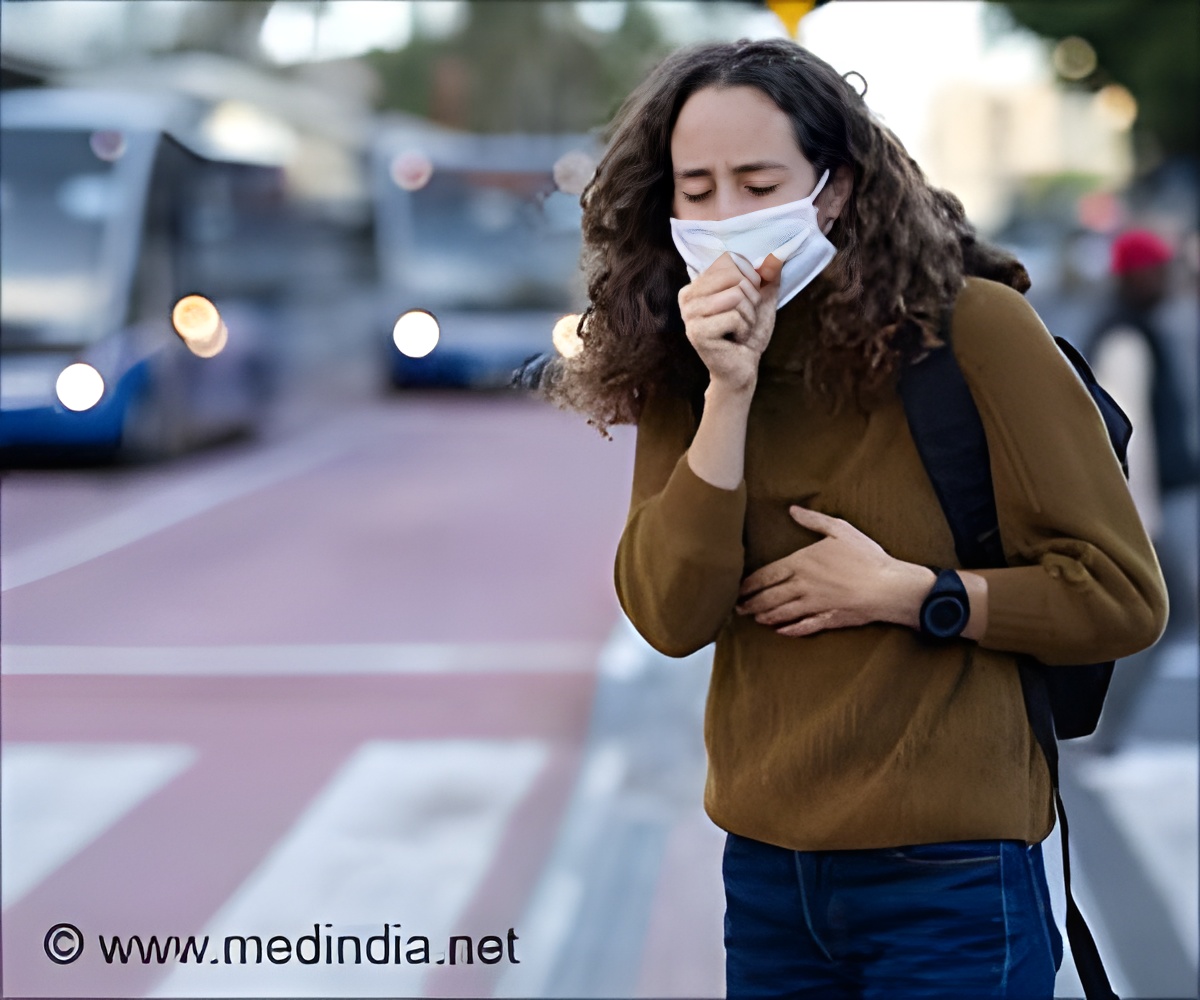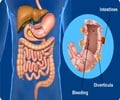Women exposed to increased levels of air pollution during pregnancy have babies who gain weight unusually fast in the first months after birth.

- Exposure to air pollutants during pregnancy affects infant’s growth development
- Air pollution causes a greater fat accumulation around the midsection,increasing obesity risk in early life
- Pregnant women should take extra precautions to minimize their exposure to air pollution
This research conducted on Hispanic mother-child pairs reveals about one in four Hispanic youth in the United States are obese, compared to about 14% of white youth and 11% of Asian youth.
"Higher rates of obesity among certain groups in our society are not simply a by-product of personal choices like exercise and calories in, calories out. It's more complicated than that," said senior author Tanya Alderete, an assistant professor in the Department of Integrative Physiology.
Previous studies have proven smoking pregnant women, or those who are chronically exposed to air pollution tend to have smaller birthweight babies. In the first year of life, the babies gain weight unusually fast. The accelerated weight gain in early life is associated with diabetes, heart disease and weight problems in childhood and adolescence.
Impact of Specific Pollutants on Baby's Growth Pathway
Mother's milk study is an ongoing trial in the Los Angeles region following 123 mother-infant pairs. One-third of them have normal weight pre-pregnancy, one-third being overweight and one-third being obese.Using data from U.S. Environmental Protection Agency's Air Quality System researchers quantified theprenatal exposure to four classes of pollutants: PM2.5 and PM10 (inhalable particles from factories, cars and construction sites), nitrogen dioxide (an odorless gas emitted from cars and power plants) and ozone (the main ingredient in smog).
They also periodically measured babies’ weight, height, and the amount of fat present to know about the impact of pollutants on baby’s growth.
The results of the study show that exposure to a combination of ozone and nitrogen dioxide in utero is associated with faster growth around the waist in females, whereas slower growth in length and greater fat accumulation around the midsection is seen in males.
How Inhaling Pollutants Affect the Growth Patterns of an Unborn Child?
Inhaled pollutants cause systemic inflammation of organs, impact metabolic processes and gene expression influence the fetal development resulting in life-long effects transcending for generations.These studies involving a relatively small sample size don’t represent the diversity in population, needs a larger trial to confirm results applicable to other populations.
How to Protect Ourselves from this Potential Threat to Health?
It is impossible for a single person to crack the air pollution crisis, so global scale level measures are needed to improve the air quality:- Monitoring air quality, especially at levels of harmful PM2.5
- Restricting traffic in densely populated urban areas
- Redesigning streets to make them friendlier to pedestrians and cyclists
- Increasing investment in renewable energy sources
- Getting an air purifier can help remove smoke, allergens, mould, and germs from the air
- Keeping plants at home can help with the natural purification of the air
References:
- Air pollution and childhood obesity - (http://https//www.ncbi.nlm.nih.gov/pmc/articles/PMC7568955/)
- Ambient air pollution and overweight and obesity in school-aged children in Barcelona, Spain - (https://pubmed.ncbi.nlm.nih.gov/30703612/)
- Controlling the global obesity epidemic - (https://www.who.int/activities/controlling-the-global-obesity-epidemic)
- Obesity Prevention Source - (https://www.hsph.harvard.edu/obesity-prevention-source/obesity-trends/global-obesity-trends-in-children/)
Source-Medindia















